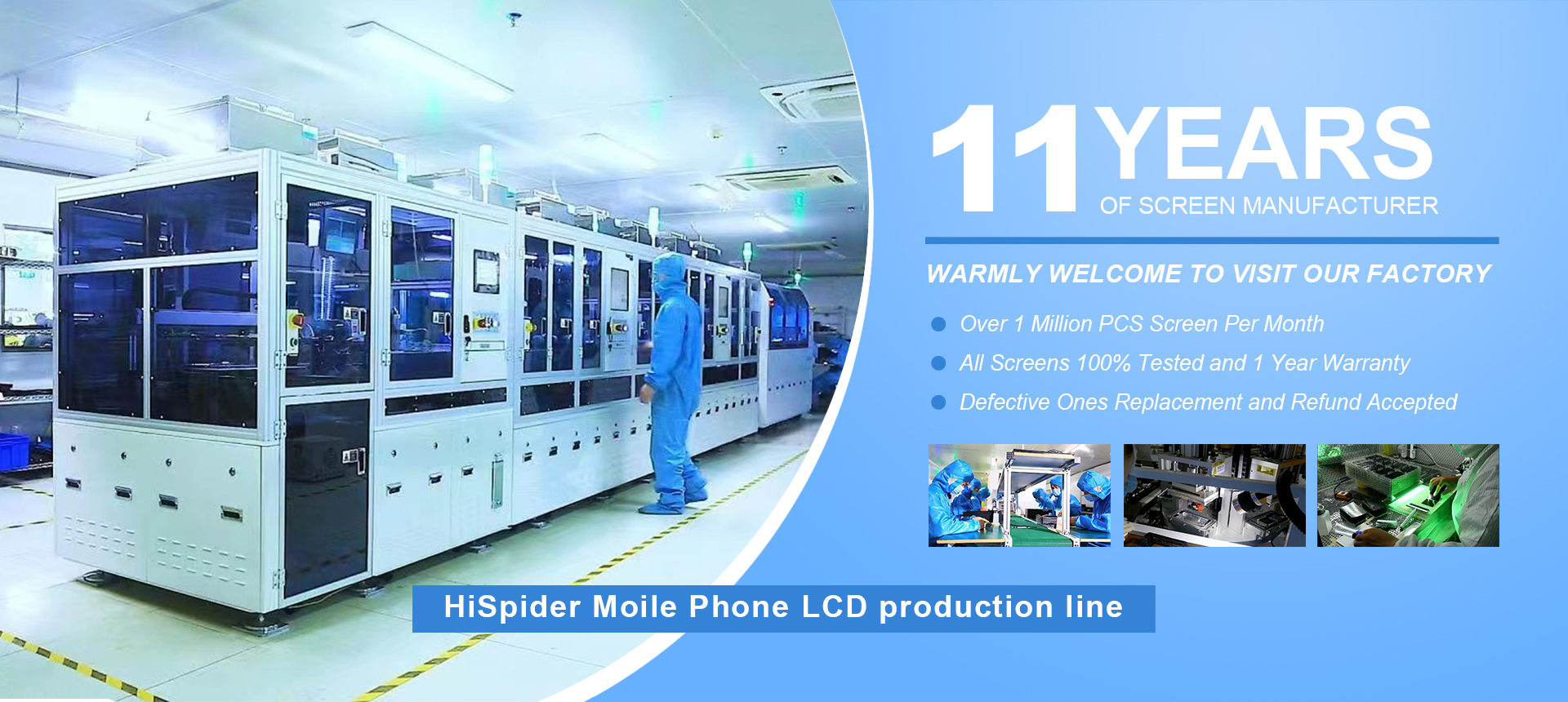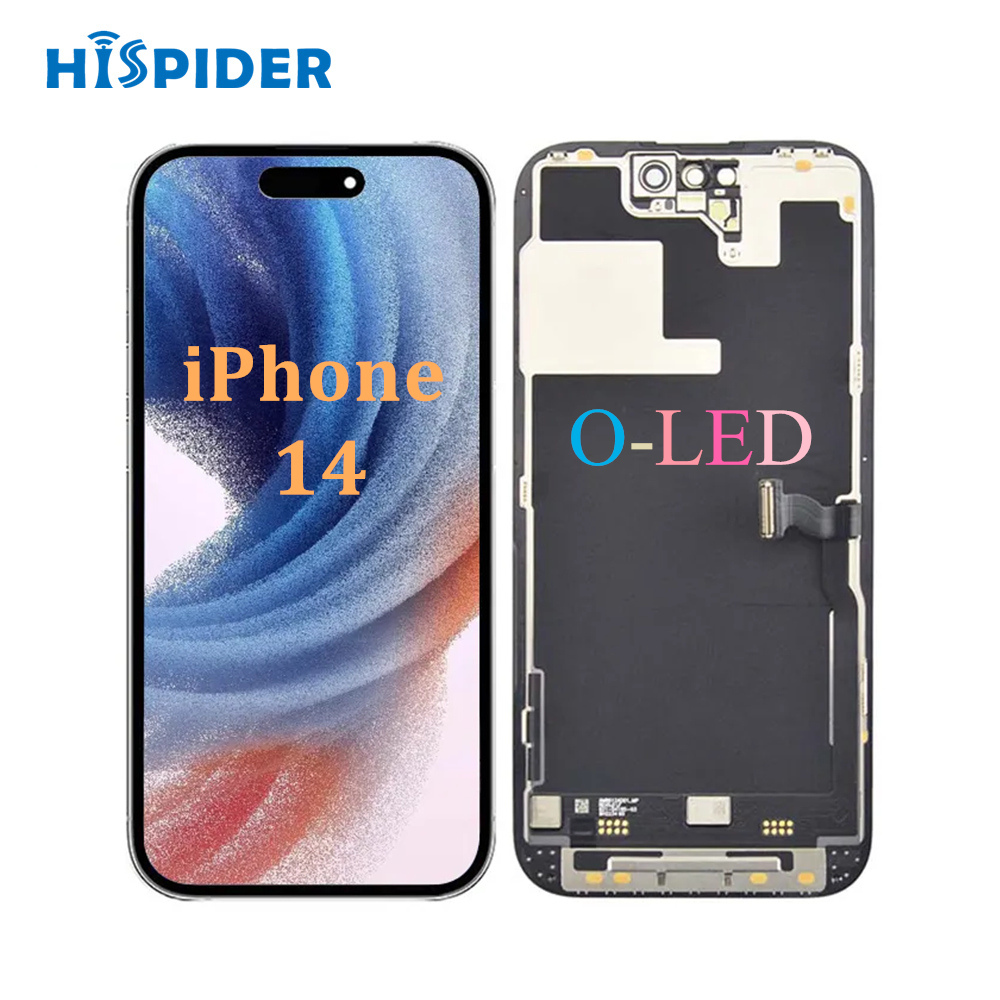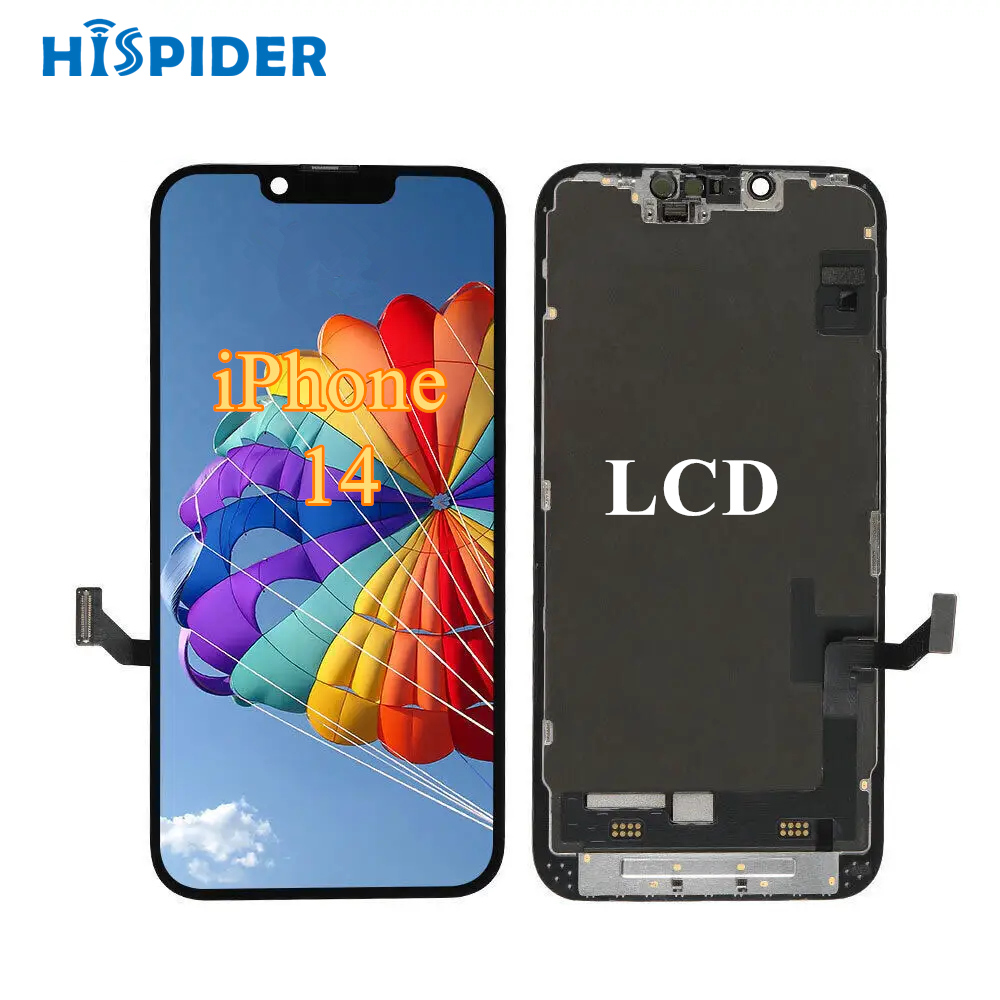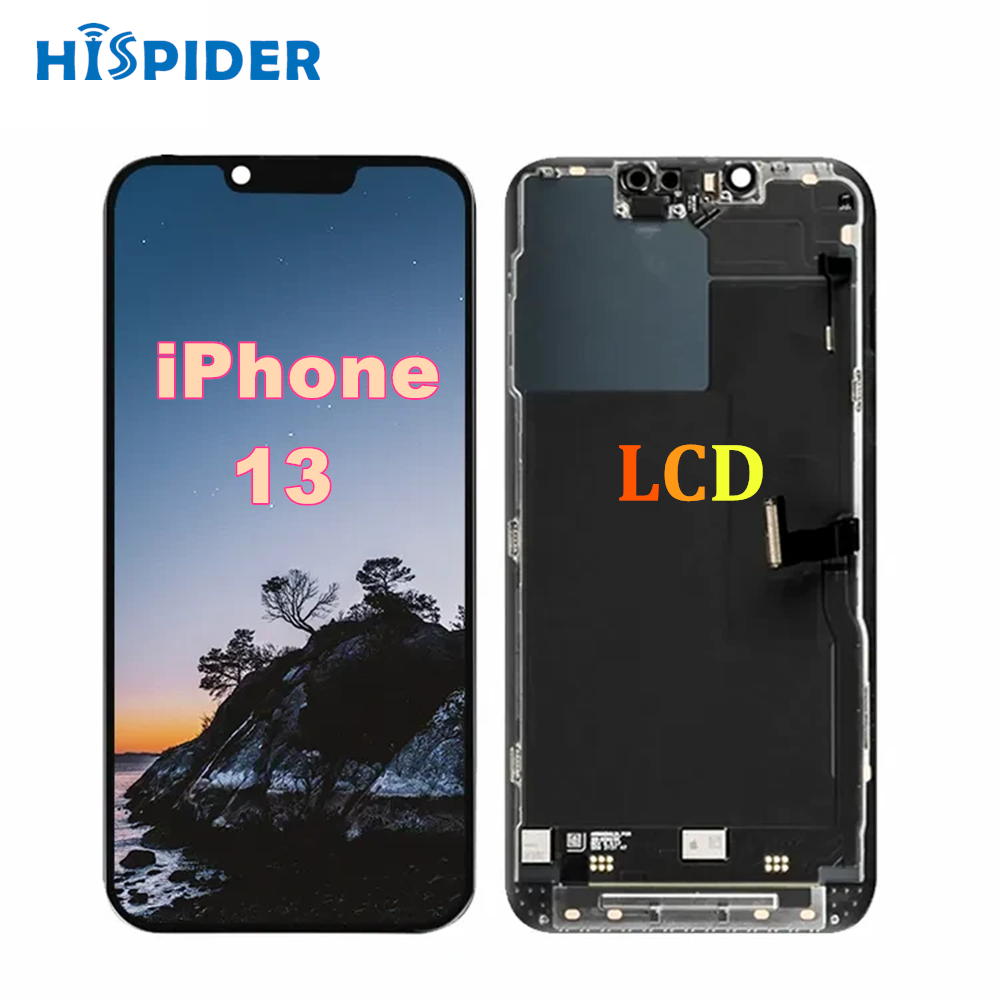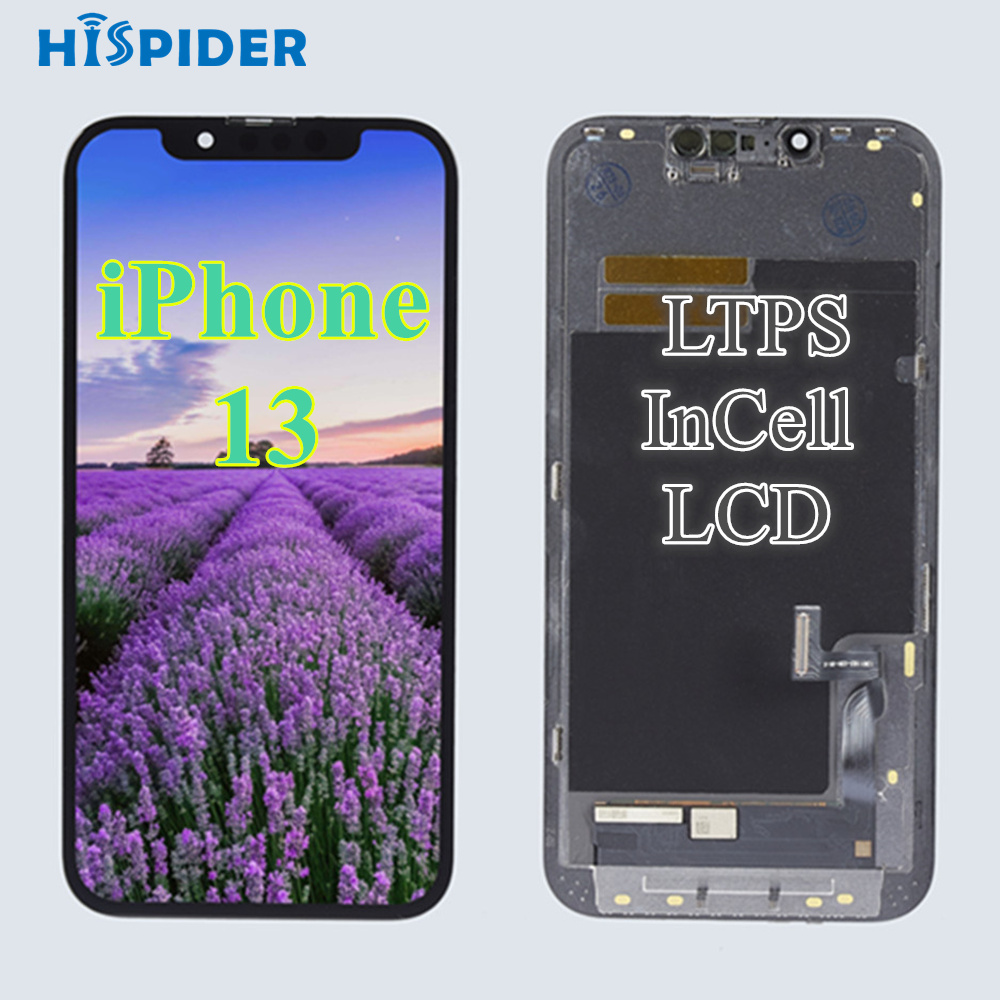Hispider:The best iPhone screen manufacturers and manufacturing processes
When it comes to choosing which compatible display to buy in order to proceed with the repair of our iPhone X or higher, we need to take into account the many differences these components have with each other such as Hard OLED, Soft OLED, and In-Cell displays. And in addition to selecting a reliable brand, other variants should also be examined.
Hard OLED, Soft OLED, and In-Cell
Let us illustrate the differences that characterize the various displays. This discussion is purely related only to displays for iPhone X or higher (such as iPhone XS, 11 Pro, 12 etc.).
Hard OLED
What most differentiates Hard OLED displays are optimal color rendering compared to the original and higher brightness. But such a model has a stiffer panel, which can more easily lead to breakage resulting from accidental shocks. Pay attention, I did not say that it is fragile and sure to break but that it is more delicate than the more expensive Soft OLED model.
To recap:
Cheaper display than the Soft one;
More fragile and slightly less impact resistant;
Excellent color contrast;
Optimal color rendering;
Excellent brightness;
Doubler black frame or surround reduces the size of the display, and thus of the displayed image by very little compared to the original;
Slightly thicker;
Battery consumption is equal to the original;
Soft OLED
Unlike the model just described, the panel of a Soft OLED display is thinner, and this together with the increased flexibility allows it to absorb more shock and greatly decrease the risk of breakage and failure.
To recap:
More expensive display;
More shock resistant;
Quality equal to the original;
Excellent color contrast;
Optimal color rendering;
Good brightness;
Size and thus thickness of the display equal to the original;
Battery consumption equal to the original;
In-Cell
As for the In-Cell displays, they have, like the original, the touch module and the LCD (which has the function of displaying images) on the same layer of the panel. in this way the touch and therefore its sensitivity will be optimal, responsive, more pleasant and fluid. This is combined with a lower weight and thickness making it more compact and similar to the original (for example, after assembly, looking at the iphone from the side we will notice that the thickness will be the same as the original). The only model among the newer ones that mounts this technology is the iPhone 11, as from model X onward they are all OLED.
Best iPhone display brands
Brands that give excellent value for money are constantly following one another. To date, in addition to using the usual "Hispider" to select displays with a quality close to the original or even identical, to be more certain it is better to rely on the following brands that unlike others have the characteristic distinctions listed above. That is, these brands will have Hard OLED and Soft OLED display models. Whereas if you simply search for TIANMA displays you will not find this difference.
Hispider
HiSpider is one of the absolute best brands on the market for iPhone X or higher displays. Color rendering and excellent brightness make this company the closest to original quality. In fact there is perhaps no more difference between a GX display and an original Apple display. Of course on the other hand we will go towards a higher price, we could save something by choosing the Hard OLED version and rest assured about the danger resulting from the fact that it is more rigid, in any case it is always better to avoid dropping your smartphone because in addition to the display it could also damage internal components.
HiSpider has total 9 production line for mobile phone screen assemble at present: 3 lines for hard and soft OLED, 6 lines for INCELL LCD, about 1 million pieces mobile phone screens output per month. To assure high production efficiency and standard quality, we make all production process automatically, including whole Backlight producing, COG, FOG and Pin soldering ,all process also finished in closed processing box to guarantee supeiror dust-free production environment.
GX
GX Like the previous one we are faced with a brand in any case of a higher level than the usual unknown components you find on the net.We can say that following these markings helps us to choose in some way a quality product, and in any case like the originals assembled in China.
ZY and JK
Nothing different from the previous ones, the only difference I can make is that the Hispider is the most popular and most reliable. Like the others, this one also has Hard OLED, Soft OLED or In-Cell displays.
What happens after replacing an iPhone X or higher display?
One of the things that most technicians out there do not tell you is that after replacing a display on iPhone 8 or higher (iPhone X etc.), you lose the use of the True Tone option.But what are we talking about, what True Tone is, and whether you can in any case restore it.
What is True Tone
True Tone is an option that when selected adjusts the brightness and color of the display automatically according to the surrounding light, that is, it adjusts it to make the image as truthful as possible.
Why more truthful? the one we normally observe is different? No, what happens is that through our eyes a white sheet of paper appears more or less the same "color" in any situation we look at it, excluding the amount of light, whether this is observed indoors or outdoors. In contrast, if we observe the white screen of an iPhone x this does not appear with a light white, but rather a tending to yellow.This is because our brain is trying to optimize light reflections, which are not actually there. To get around this problem, Apple, has brought into play the new True Tone display. This allows the white to be stabilized based on the ambient light.The result is that it will look like a white (not yellow) sheet of paper in front of us when reading something on the new displays.Is it possible to restore this?
Is it possible to restore it?
In any case as soon as the display is replaced, as you can see from the picture you will no longer be able to activate this option.
This is not a great harm, in fact some people do not even notice it but in case you would still like the opportunity to activate it there is the possibility to restore it on the new display, important is not to throw away the old replaced display as the latter will have to be connected to a Box or programmer that will save some data and once connected the new display to the same box it will pour them back on the same rehabilitating the True Tone option.

